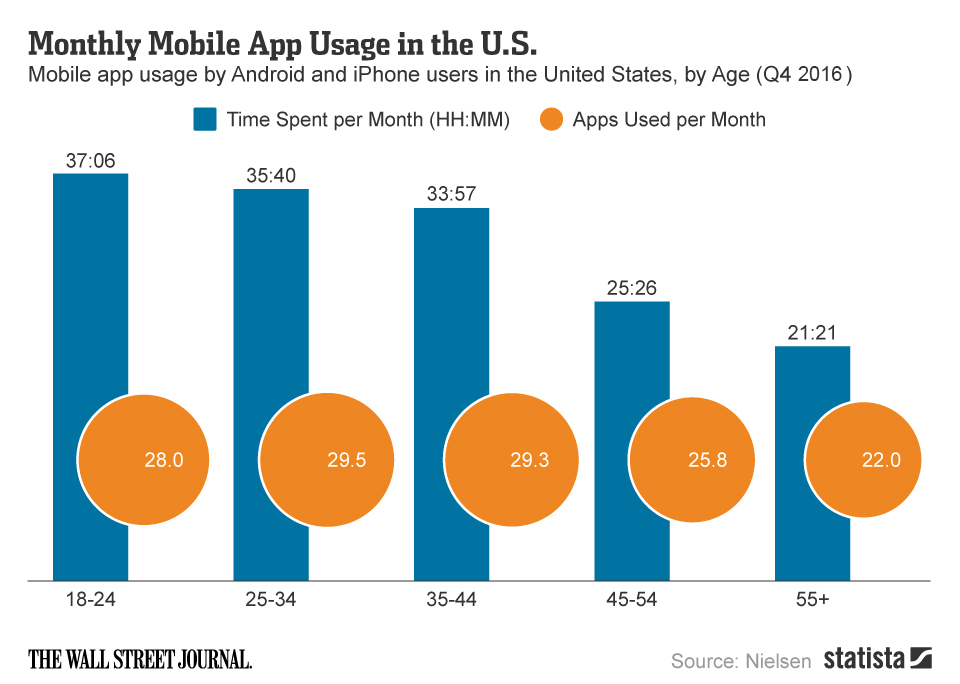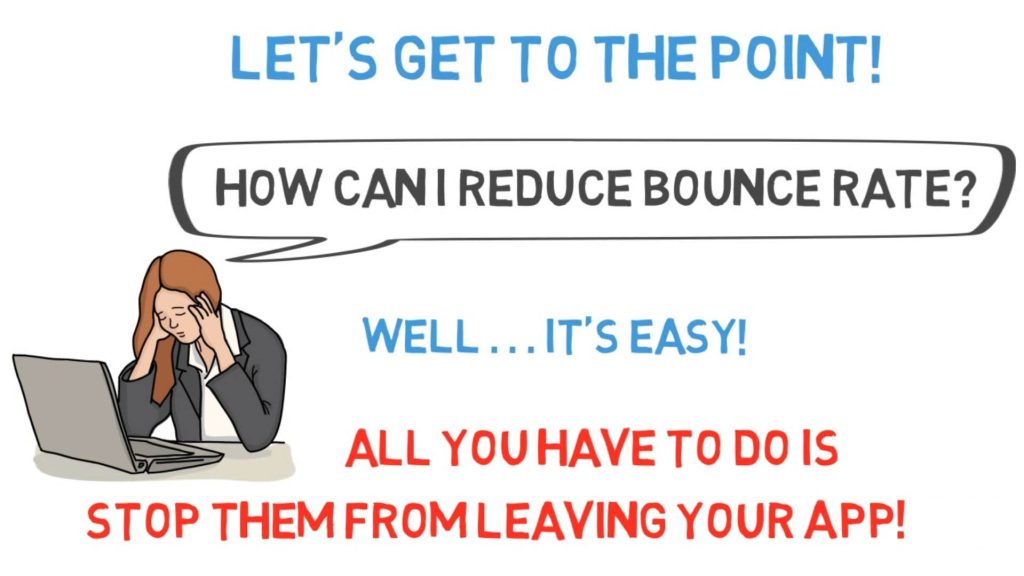The mobile app development industry is expected to hit the mark of 80 million dollars by the end of the year 2020. The question that all Entrepreneurs and small business owners need to answer is, are they willing to be a part of that business’s success, or are they gambling their lives just to survive on the website?
By the end of the first quarter of the year 2017, there is a 15% increase in iOS and Android new app downloads. With a drastic rise in the statistics, the competition is turning out to be a ‘Tug & War’.
Today it is not just about the idea of the app. It is about how to develop a mobile app, from beginning to release and the download.
But in this era, there is some twist in the story. Entrepreneurs and small business owners are now realizing that app download is not just the only way to predict the app’s success; in fact, other mobile app KPIs need attention.
In this blog, we will be focusing on some necessary mobile app development KPIs that will surely maximize your mobile app revenue:
Also Read: 8 Must-Have Mobile App Features for Small Businesses
1) Time Spent on the Mobile App
How much time do you spend on Facebook, Instagram, or on Twitter? For me, it is unlimited. No doubt these are social media websites that are bound to engage the users. But do you really know how much money these apps are making?
Let me give you an idea. In a period of 4 years, Facebook has created a $13 billion mobile advertising business. Now isn’t this something?

The longer your user spends time on your app, the greater will be your chance to make more money. So, before rushing yourself into creating a mobile app, spend some time alone to ask these questions. Does your mobile app offer a significant amount of content, and quality features to stick the users? What are the major navigation issues that you need to sort out before starting the mobile? And most importantly what will be the flow of your mobile app?
Also Read: Top 5 Mobile ad trends to look out for the year 2017
If there is a decrease in session time, it means users are not interested in your app. This also means that you need to offer more quality content in your mobile app.
2) Frequency of Usage
After you have done with the session time, it is now time to move on to the next step, and that is the frequency of usage. By examining the frequency of use, you will be able to see the proportion of heavy users vs light users. Next, use segmentation to focus on the frequent users and observe their behaviors.

You can then use this behavior to pivot your app and make it more user-friendly. Make something that the user needs, and give your best efforts to make it as simple as possible.
Also Read: Android vs iOS: Which is better?
3) Repeat Customers
Are the users addicted to your app? This is a strong KPI matrix that can drive your app sales. But first, you need to decide what insights you need to analyze this KPI. You need to start with a goal in mind for your app.

Is it a service-type app (like news, weather report, or sports update), an everyday app like entertainment, or a gaming app? Whatever type of app you are making, ensure that you figure out how you will engage your more users.
You need to figure out how you will entice your users to revisit your app a couple of times a day.
4) Exit/Bounce Rate
The final matrix is the exit rate or bounce rate. Analyze your app bounce rates and see why users are exiting from certain pages without taking any action.

Focus on individual screens and sort out the problem. You can even ask users for feedback to get straight feedback from the users.
Identify the problem and sit with your developer to solve the issue.
To Conclude it All
There’s no amplification to the fact that every custom mobile app development company has its own mobile app KPIs, but I believe that the above-mentioned metrics will help you to understand your app’s performance and improve it accordingly.










